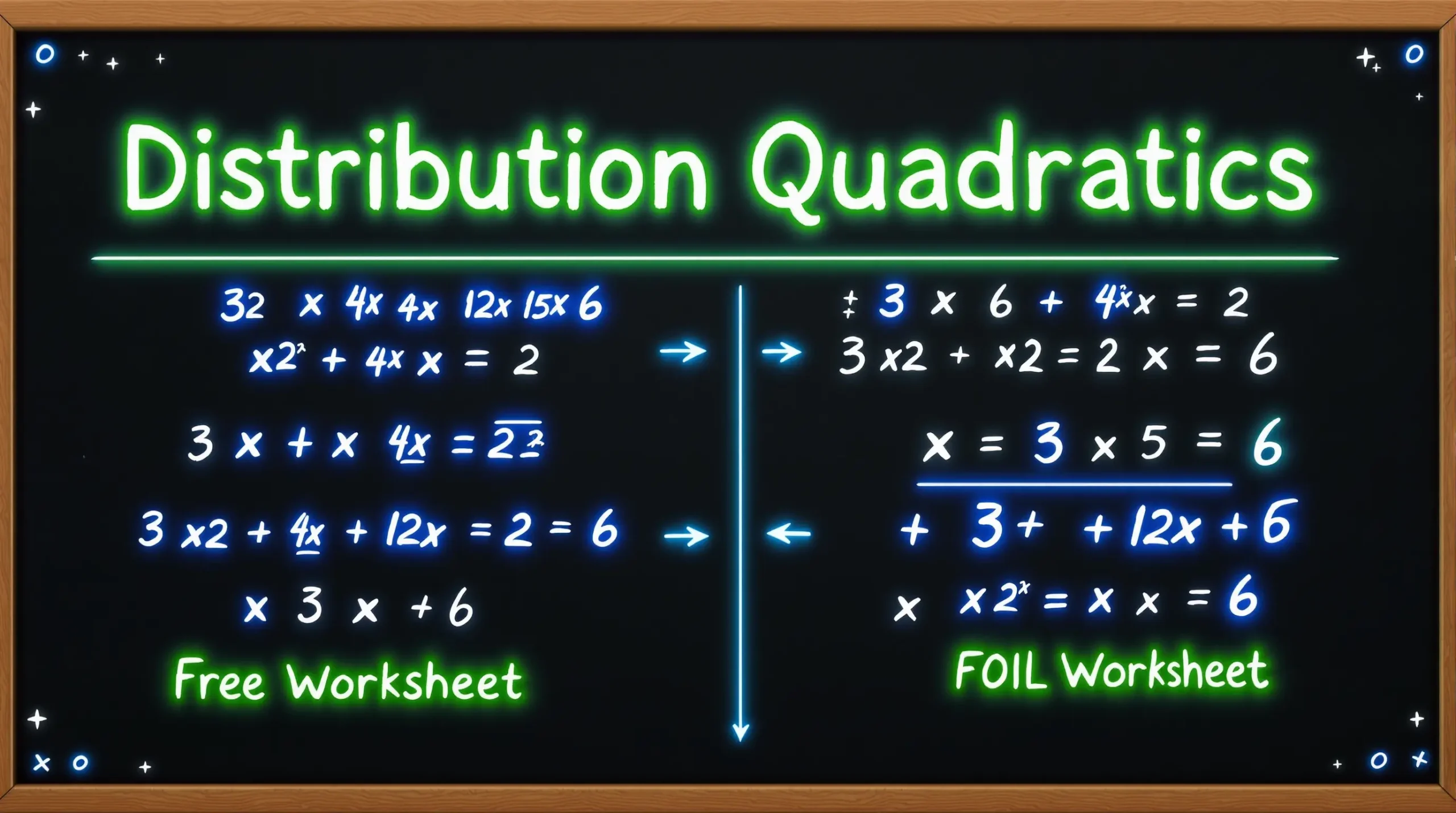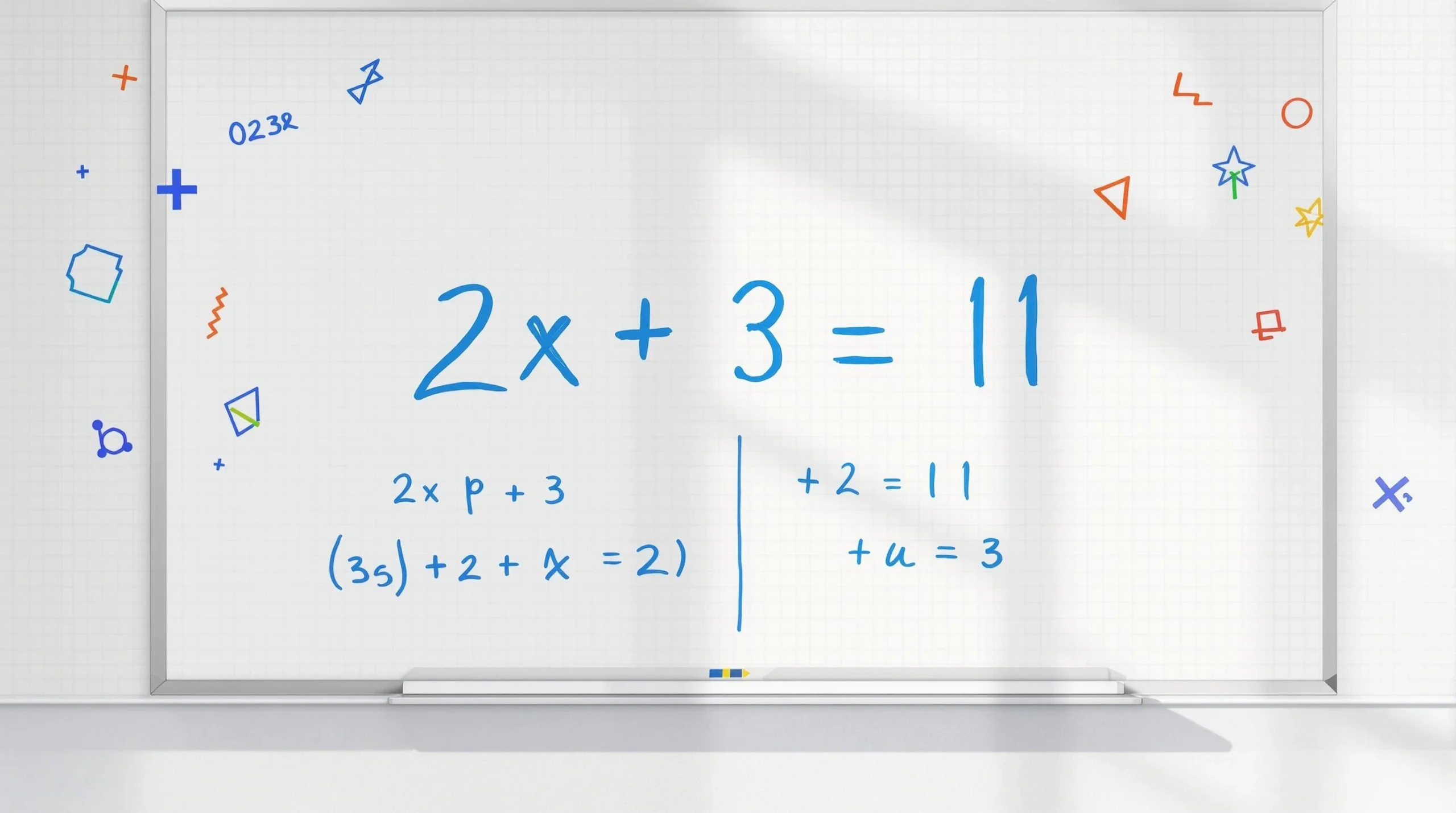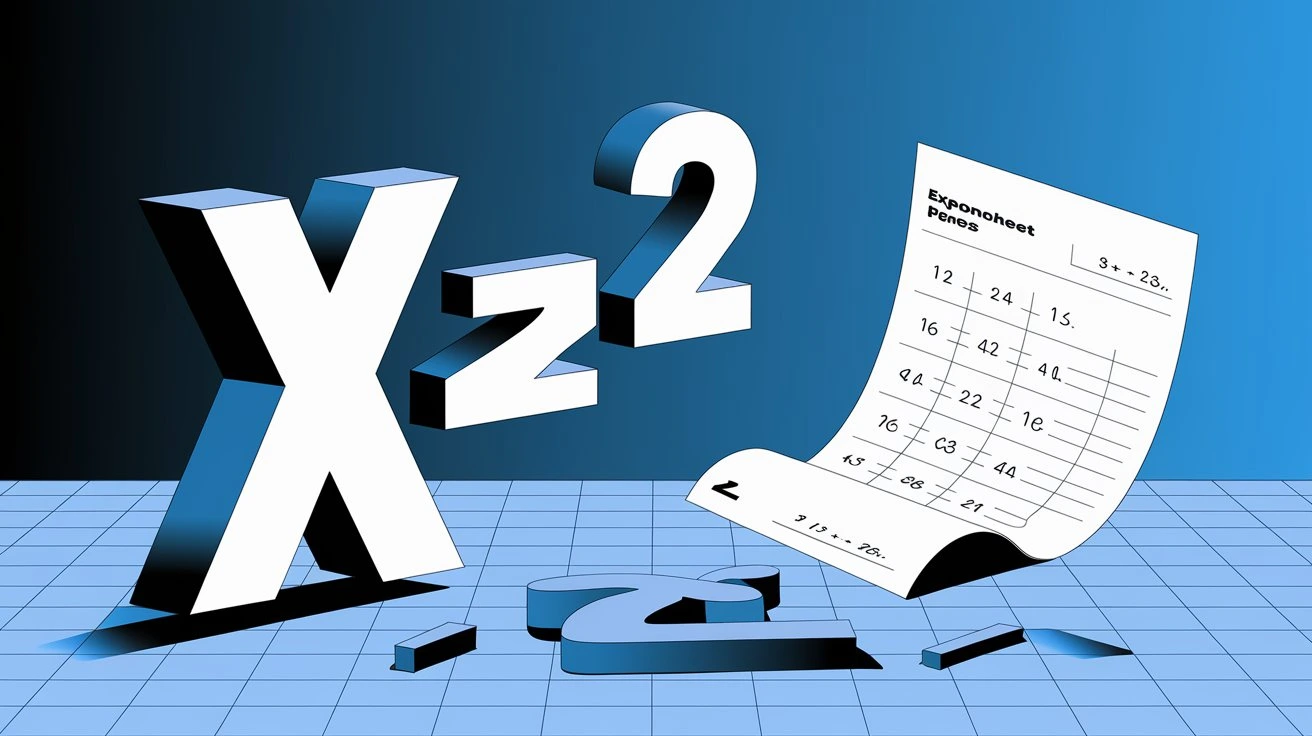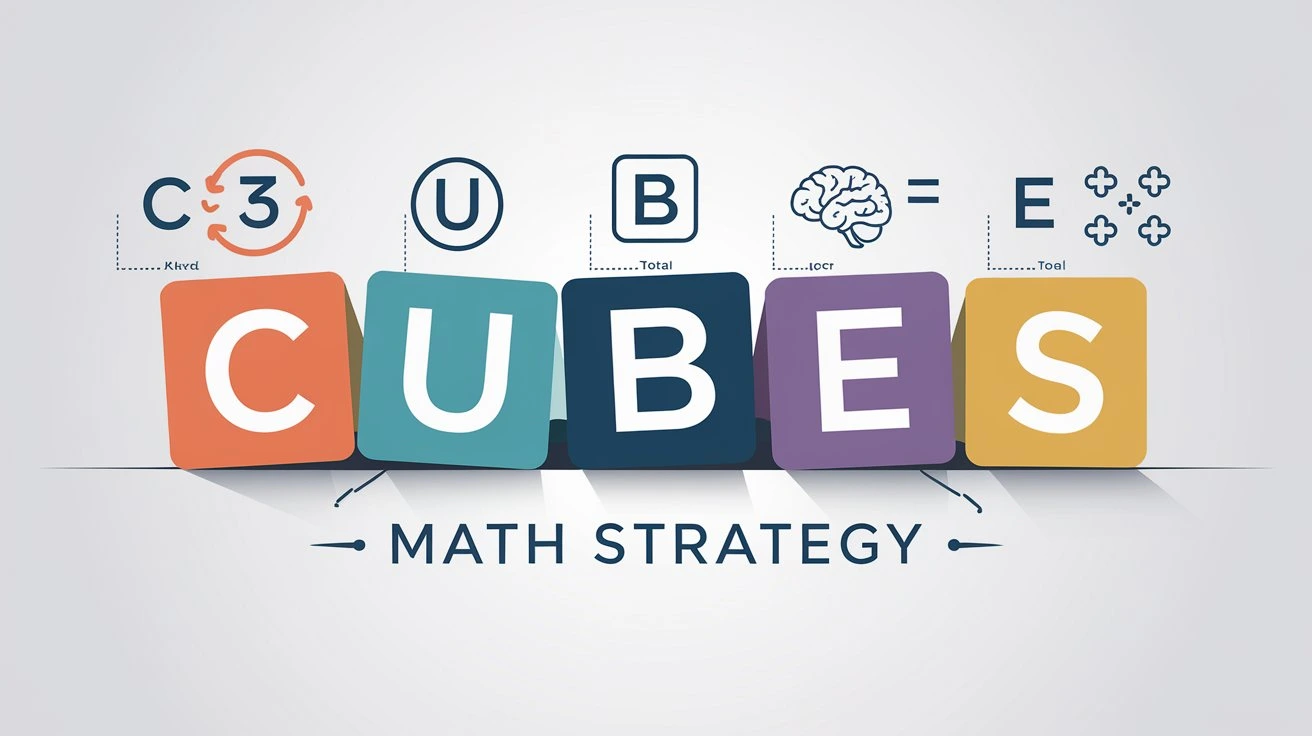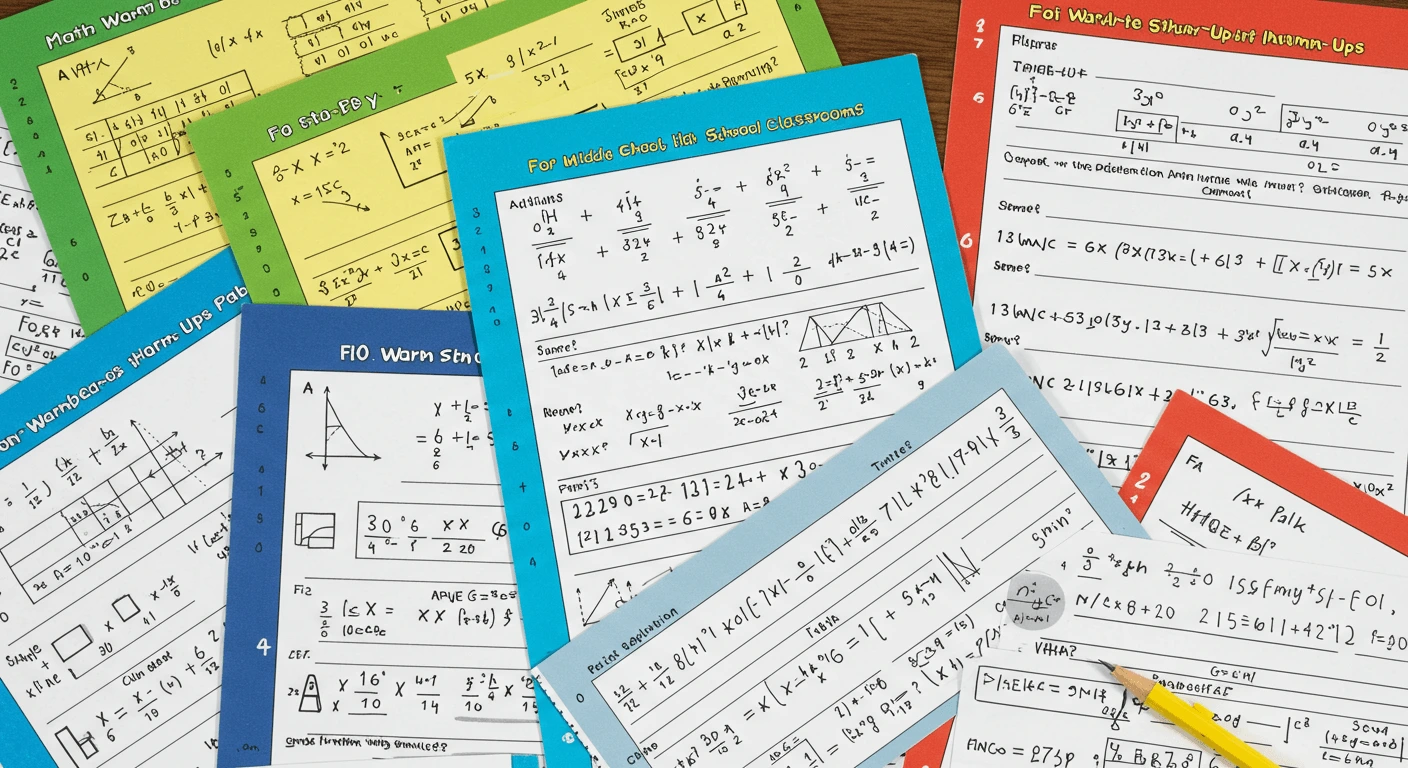Mathematics is often seen as a subject of logic, precision, and problem-solving. But for students in grades 7 to 12, math can become more than just a classroom subject—it can be an exciting challenge that pushes their limits. This is where extreme math comes in. Extreme math is not just about solving equations; it’s about mastering advanced problem-solving techniques, tackling complex challenges, and applying math to real-world scenarios.
In this blog post, we’ll explore what extreme math is, why it’s important, and how students can develop the skills needed to excel in advanced problem-solving. Whether you’re a student, parent, or teacher, this guide will provide valuable insights into the world of extreme math.
What Is Extreme Math?

Extreme math is a term used to describe the study and application of advanced mathematical concepts and problem-solving techniques. It goes beyond the standard curriculum, focusing on challenging problems that require creativity, critical thinking, and a deep understanding of mathematical principles.
For students in grades 7 to 12, complex math often involves:
- Solving multi-step problems that combine different areas of math, such as algebra, geometry, and calculus.
- Preparing for math competitions like the Math Olympiad, AMC (American Mathematics Competitions), or SAT Math.
- Tackling real-world problems that require mathematical modeling and analysis.
How Complex Math Differs from Regular Math
While regular math classes focus on foundational skills and concepts, extreme math pushes students to think outside the box. It emphasizes:
- Advanced problem-solving: Students learn to approach problems from multiple angles and use creative strategies.
- Time management: Many extreme math challenges are timed, requiring students to solve problems quickly and accurately.
- Interdisciplinary thinking: Extreme math often combines concepts from different branches of mathematics, such as algebra, geometry, and statistics.
Benefits of Extreme Math for Grades 7 to 12
Why should students in grades 7 to 12 engage in extreme math? The benefits go far beyond the classroom. Here are some of the key advantages:
1. Enhances Critical Thinking Skills
Extreme math requires students to analyze problems, identify patterns, and develop logical solutions. These skills are essential not only in math but also in science, technology, engineering, and mathematics (STEM) fields.
2. Prepares Students for Math Competitions
Math competitions like the Math Olympiad and AMC are designed to challenge students’ problem-solving abilities. Extreme math provides the foundation needed to excel in these competitions, helping students stand out academically.
3. Builds Confidence
Tackling and solving complex problems can boost students’ confidence in their abilities. Extreme math teaches them that even the most challenging problems can be solved with persistence and the right strategies.
4. Real-World Applications
Extreme math isn’t just theoretical—it has practical applications in fields like physics, engineering, economics, and computer science. By mastering advanced problem-solving, students can better understand and solve real-world problems.
Key Techniques for Mastering Extreme Math

Mastering extreme math requires more than just memorizing formulas. It involves developing a set of skills and strategies that can be applied to a wide range of problems. Here are some key techniques for success:
1. Break Down Complex Problems
One of the most important skills in extreme math is the ability to break down complex problems into smaller, more manageable parts. For example:
- If you’re solving a geometry problem, start by identifying the shapes and their properties.
- For algebraic equations, isolate variables and simplify expressions step by step.
2. Practice Advanced Problem-Solving Strategies
To excel in math, students need to master advanced problem-solving techniques, such as:
- Algebraic manipulation: Rearranging equations to simplify calculations.
- Geometric proofs: Using logical reasoning to prove theorems.
- Mathematical modeling: Representing real-world problems with equations and graphs.
3. Use Math Puzzles and Brain Teasers
Math puzzles and brain teasers are a fun way to develop problem-solving skills. They challenge students to think creatively and apply their knowledge in new ways. Examples include:
- Sudoku puzzles
- Logic problems
- Number patterns
4. Leverage Online Resources
There are many online platforms and resources that can help students practice extreme math. Websites like Khan Academy, Brilliant.org, and Art of Problem Solving offer interactive lessons, practice problems, and tutorials on advanced math topics.
Real-World Applications of Advanced Math
One of the most exciting aspects of extreme math is its relevance to the real world. Advanced problem-solving skills are essential in many fields, from science and engineering to finance and technology. Here are some examples of how extreme math is applied in real-world scenarios:
1. Physics and Engineering
In physics and engineering, math is used to model and solve complex problems. For example:
- Calculus is used to calculate rates of change, such as velocity and acceleration.
- Geometry is used to design structures and analyze their stability.
2. Economics and Finance
Math plays a crucial role in economics and finance, where it’s used to analyze data, predict trends, and optimize resources. Examples include:
- Using statistics to analyze market trends.
- Applying algebra to calculate interest rates and loan payments.
3. Computer Science and Technology
In computer science, math is used to develop algorithms, analyze data, and create simulations. For example:
- Graph theory is used in network analysis and optimization.
- Probability and statistics are used in machine learning and artificial intelligence.
4. Everyday Problem-Solving
Even outside of professional fields, advanced math skills can be useful in everyday life. For example:
- Calculating the best deals while shopping.
- Planning budgets and investments.
Tips and Resources for Practicing Extreme Math

If you’re ready to dive into the world of extreme math, here are some tips and resources to help you get started:
1. Recommended Books
Books are a great way to learn advanced math concepts and practice problem-solving. Some popular options include:
- The Art of Problem Solving series by Richard Rusczyk
- How to Solve It by George Pólya
- Mathematical Circles by Dmitri Fomin, Sergey Genkin, and Ilia Itenberg
2. Online Platforms
There are many online platforms that offer lessons, practice problems, and interactive tools for extreme math. Some of the best include:
- Khan Academy: Free lessons on a wide range of math topics.
- Brilliant.org: Interactive courses on advanced math and problem-solving.
- Art of Problem Solving (AoPS): A platform designed for students preparing for math competitions.
3. Join Math Clubs and Competitions
Math clubs and competitions are a great way to practice extreme math in a collaborative and competitive environment. Look for local or school-based math clubs, or participate in national competitions like:
- Math Olympiad
- AMC (American Mathematics Competitions)
- SAT Math Challenges
4. Make Math Fun
To stay motivated, find ways to make math enjoyable. This could include:
- Playing math-based games and puzzles.
- Exploring real-world applications of math.
- Setting personal goals and celebrating your progress.
Conclusion
Extreme math is more than just a subject—it’s a journey into the world of advanced problem-solving. For students in grades 7 to 12, it offers an opportunity to develop critical thinking skills, build confidence, and prepare for future challenges. Whether you’re solving complex equations, preparing for a math competition, or exploring real-world applications, extreme math can open the door to a world of possibilities.
By practicing the techniques and strategies outlined in this post, students can unlock their full potential and excel in extreme math. So, are you ready to take on the challenge? Dive into the world of extreme math and discover the secrets to advanced problem-solving today!
If you found this guide helpful, share it with your friends, classmates, or fellow math enthusiasts. Let’s spread the love for extreme math and inspire others to embrace the challenge of advanced problem-solving!



